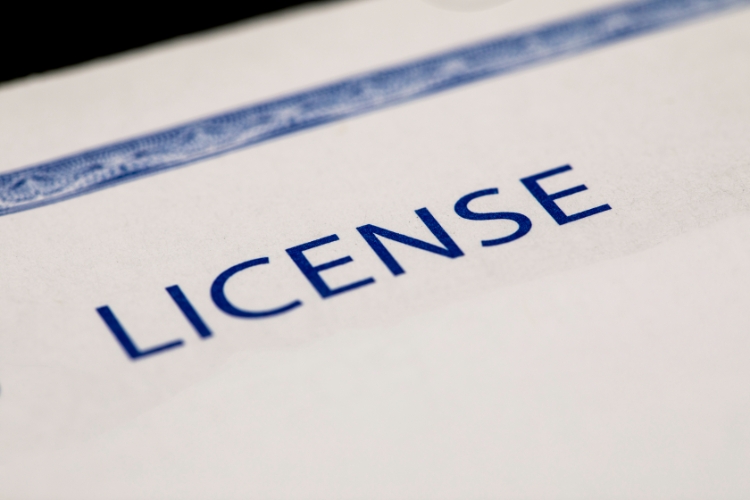
Starting a C-Corporation: Steps to Launch Your Business Successfully
For entrepreneurs looking to establish a business with the potential for growth and scalability, forming a C-corporation can be advantageous. A C-corporation is a legal entity for a corporation where the shareholders are subject to separate taxation from the entity itself.
This structure provides the benefit of limited liability protection, as well as the ability to attract investors through the issuance of stock. In this article, we will provide a step-by-step guide on how to start a C-Corporation, including legal requirements, registration processes, and initial tax considerations.
Step 1: Choose a Business Name
Your corporation’s name is its identity. Make sure the name is unique and not already in use or owned by another company. Most states require the name to end with a corporate designator, such as “Incorporated,” “Corporation,” or an abbreviation like “Inc.” or “Corp.”
Step 2: Appoint Directors

Before registering your corporation, you must appoint a board of directors. The directors are in charge of running the company and making big decisions about policy and money. Even if you are a single owner, you can appoint yourself as the sole director.
Step 3: File Articles of Incorporation
In order for your C-corporation to be legal, you need to file Articles of Incorporation with the Secretary of State in the state where you want to set up your C-corporation.
This document includes basic information about your corporation, such as the corporate name, address, purpose, and information about shares and initial directors.
Step 4: Create Corporate Bylaws

Although not filed with the state, corporate bylaws are a critical internal document that outlines the operating rules for your corporation.
The bylaws should explain how to hold meetings, choose officers and directors, and handle other issues related to running the business.
Step 5: Obtain an EIN and Open a Bank Account
For tax purposes, every C-Corporation must obtain an Employer Identification Number (EIN) from the IRS. Once you have an EIN, you can open a corporate bank account, which is essential for keeping your personal and business finances separate.
Step 6: Issue Stock
C-Corporations raise capital through the issuance of stock. You must issue stock certificates to your initial shareholders and record their ownership stakes. When issuing and selling stock, you must comply with federal and state securities laws.
Step 7: Obtain Business Licenses and Permits

Depending on your business type and location, you may need to obtain various licenses and permits to operate legally. Check with your local and state governments to determine the requirements.
Step 8: Register for State Taxes
If your state has a corporate income tax, you must register your C-Corporation with your state’s tax agency. You must also sign up for unemployment insurance tax and workers’ compensation insurance if you have employees.
Step 9: Comply with Ongoing Legal Requirements

Legal requirements for C-corporations include holding annual meetings, keeping meeting minutes, and filing annual reports. Following these rules helps your business maintain good standing with the state.
Step 10: Understand Federal Tax Obligations
C-Corporations are subject to federal income tax at the corporate level. Additionally, any dividends paid to shareholders are taxed at the individual level. It’s important to understand these tax obligations and plan accordingly.
Conclusion
Starting a C-Corporation involves careful planning and adherence to legal procedures. Following these steps, entrepreneurs can establish their C-Corporation correctly and lay the foundation for a successful business venture.
It is recommended to seek advice from legal and tax experts during the entire process to guarantee adherence to all regulations and to make well-informed choices regarding the structure and operations of your new corporation.
Your C-Corporation can be well-positioned for growth and profitability with the proper preparation and guidance.





